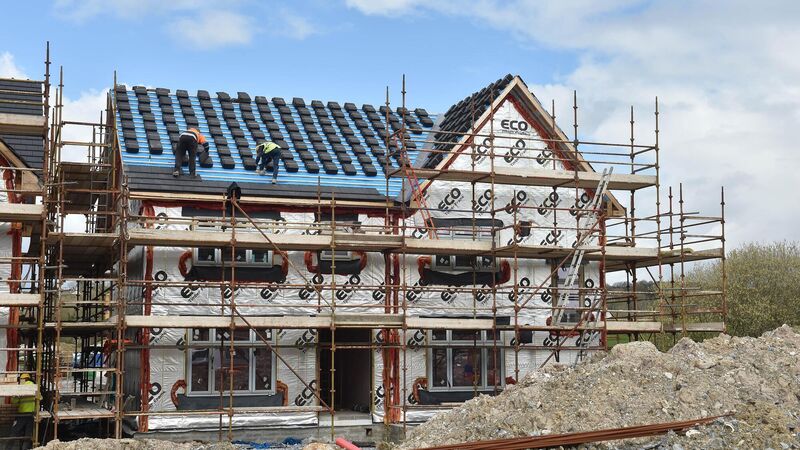Plans for 29,000 houses in Cork amid fears of property lockout

Plans to build 29,000 houses in Co Cork in the next seven years must be tailored to address the needs of a growing number of people who can't afford rents or mortgages, the county's head of planning has said.
Plans to build 29,000 houses in Co Cork in the next seven years must be tailored to address the needs of a growing number of people who can't afford rents or mortgages, the county's head of planning has said.
Michael Lynch, the most senior planning official at Cork County Council, said the target is to build 29,000 houses by 2028 to keep pace with a projected 61,000 population increase.
More people are being forced out of the market in the Cork Metropolitan Region, due to a combination of increased construction prices and a reduced ability to get mortgages, Mr Lynch has said.
He said building such a large number of new houses would be dependent on “timely infrastructure delivery” to support housing construction, affordability for the buyer and “viability for the commercial sector”.
He said developers are somewhat challenged at the moment because of rising building costs and the problem was compounded as potential purchasers are finding it harder to raise loans.
Mr Lynch said research carried out by the local authority showed “affordability challenges” for a large percentage of people who wanted to purchase a house in the metropolitan belt around the city, which encompasses an area from Carrigaline to Blarney and from Ballincollig to Midleton.
A significant cohort of people can't afford to purchase or rent even in cheaper parts of the county.
“It's worrying that we [as a nation] have not been able to address it. We will have to focus on more affordable and social housing needs and increase supply at appropriate locations,” Mr Lynch said.
The 29,000 new-builds plan, he said, would be split evenly between the metropolitan area and the rest of the county.
“We believe the county towns have a significant role to play in providing the [extra] housing needed and that's provided for in the new County Development Plan,” Mr Lynch said.
He said while there are challenges for potential buyers and developers in the areas around the city, a major focus on house building will remain there because “it is among one of the most productive regions in the state.”
The council's research, which amounts to around 100 pages, makes a number of recommendations on how housing delivery can be achieved in a manner that covers the issues raised.
“Firstly, we need an alignment between State agencies when delivering infrastructure and the local authority should play the lead role in this. The local authority has to be well positioned to be the lead stakeholder,” Mr Lynch said.
“Secondly, there's a need for a multi-annual programme for both public [local authority] and private housing development where targets are set," he said.
The chief planner said the programme would also take account of an increasingly ageing population and more specialised units will be developed to meet their needs.
“We need to meet the needs of an ageing population as well as that of first-time buyers, and [consider] how this can be best delivered by the public and private sectors working together," Mr Lynch said.
Mr Lynch said the council recognised that people were looking for more rural housing since the pandemic and is putting measures in place to make it easier to work in rural areas with broadband connections. However, he said, "it remains to be seen if this is a long-term shift.”





